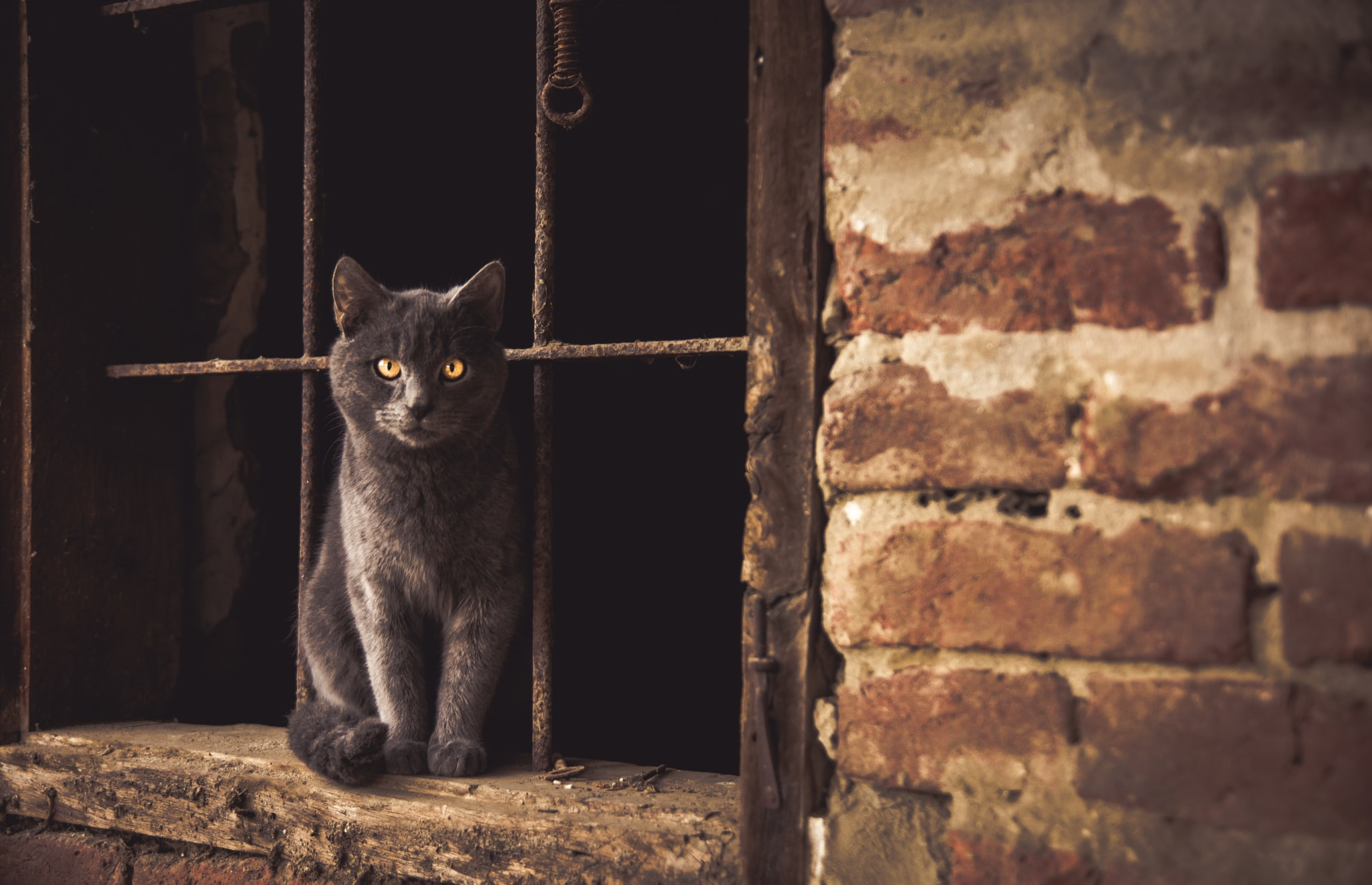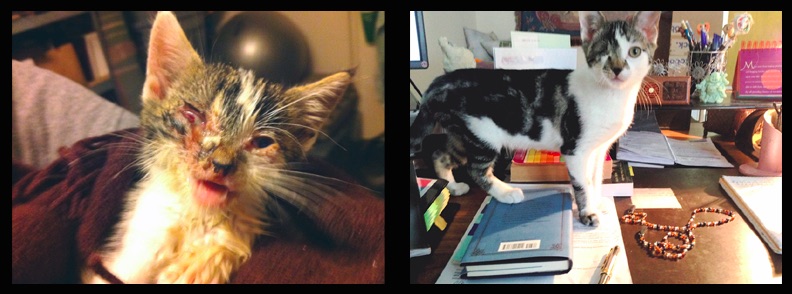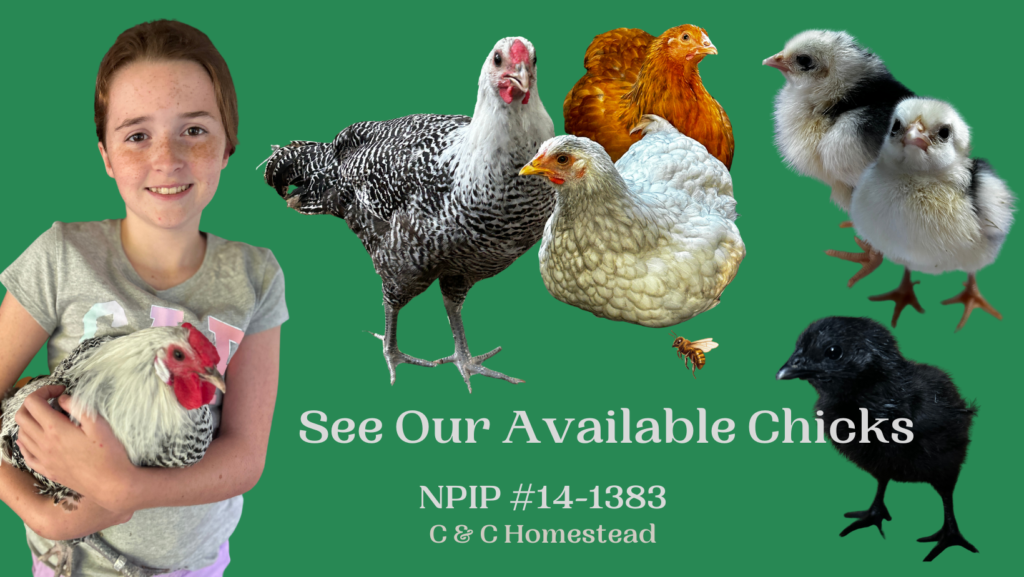Balancing Corporate & Homesteading Lifestyles
Ferals: Creatures Without Voices
Did you know that there are between 60 and 100 million homeless cats living in the US.
Often, feral cats are the babies of unaltered cats who were abandoned outdoors. These cats never had the opportunity to socialize or learn trust and live in fear of people.
Feral cats, just like our house cats, depend on people to feed, water, and shelter them and to keep them safe from harm.
Most feral cats live short, hard lives on the streets. Rarely do they die of “old age.” Some are trapped and brought to shelters where most are euthanized. There aren't a lot of options for feral cats; however many have found a way to make a difference through the TNR program.

I had the opportunity to learn more about TNR from animal advocate and friend, Cheryl Caruso.






